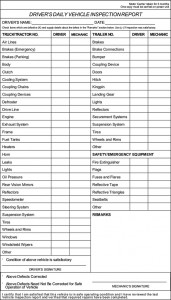Deloitte held their annual Oil & Gas Conference on Nov 16th and the sessions featured several key leaders from across the industry.
While the conference is about the industry overall, the shale plays naturally commanded the lion's share of the conference. The mood was highly optimistic. We are no longer in the "shale revolution", rather this energy renaissance is a reality that is here to stay.
Overall, the common theme throughout the sessions could be summarized in a word: "Innovation." Whether it is lowering costs or utilizing currently flared gas through a gas-to-liquids (GTL) process, the industry sees room for growth.
A few key points and statistics we noted while at the conference:
- Oil production is at levels not seen since the mid 1980s
- The US has 15% of technically recoverable shale gas and 17% of technically recoverable shale oil resources globally
- The US will pass Russia as leading O&G producer this year; will pass Saudi Arabia next year
- Shale has increased our current trade balance by $200 million/yr and is predicted to give us oil independence by 2020
- A better trade balance has led to increasing geopolitical influence in critical regions
- The oil export ban needs reform. Otherwise, refinery changes are needed and we will consume more expensive crude.
- Operators are focused on cutting costs to increase valuations
- According to Maynard Holt, "we may be in the 8th inning of the shale game, but we're in the 3rd inning of the completion/cocktail game"
- In the last five years, foreign firms have invested over $100 billion in US unconventional assets
- Since 2008, Chinese joint ventures have spent 44 billion to acquire N. America based energy firms and assets
- Gas-to-liquids technology is becoming more and more attractive with current oil and gas prices
- Skip Horvath, Natural Gas Supply Association predicts that natural gas will hit $6.00 by 2020, "assuming Washington leaves us alone over the next few years."
"This boom isn't just for a few years. We believe the shale revolution really has staying power" -Ryan Lance, ConocoPhillips CEO
About the Deloitte Oil & Gas Conference
The Deloitte Oil & Gas Conference is an annual conference for oil and gas executives and leading industry experts to share their views on important issues facing the global oil and gas industry. The objective of this conference is to provide a forum for executives and managers from companies in all sectors of the oil and gas industry, commercial and investment bankers, industry analysts, service providers to the oil and gas industry, representatives of government agencies, trade groups and policy planners, to understand emerging issues.






